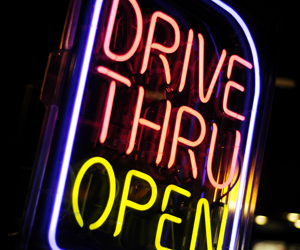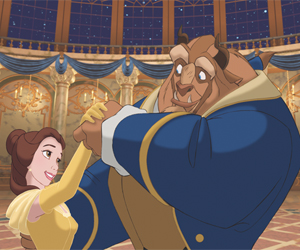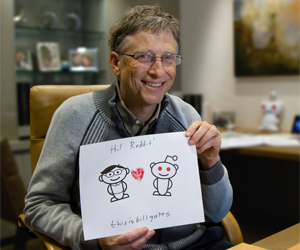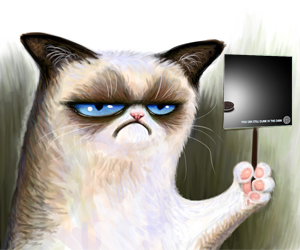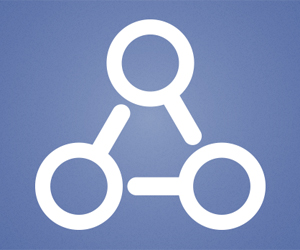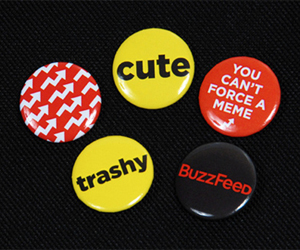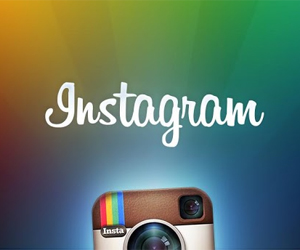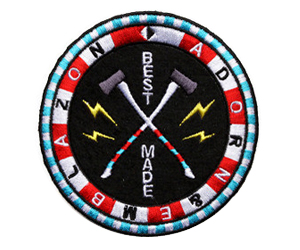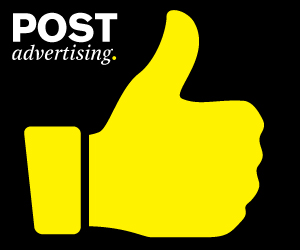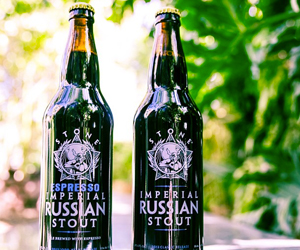
What Craft Beer Can Teach Your Brand About Storytelling
Why are craft beer companies so great at telling their stories? Simple: because these scrappy upstarts actually have stories to tell—often they were built from the ground up on the basis of those stories. Companies like Stone Brewing Co. and New Belgium Brewing Company that started small but have grown successful haven’t forgotten the reasons they began in the first place—and it shows.
But now Big Beer is out to eat their lunch: Anheuser Busch InBev, SABMiller and other companies believe they can fool distinguished suds sippers into drinking imitation craft brands by enticing them with brand stories that ignore the companies’ true origins. Will it work? Time will tell, but there's already a great divide between the authentic and inauthentic brands.
Editor's picks
- Casinos Not On Gamstop
- Best Non Gamstop Casinos UK
- Best Non Gamstop Casinos In The UK
- Casino Not On Gamstop
- Non Gamstop Casino Sites UK
- Slots Not On Gamstop
- Online Casino Canada
- Non Gamstop Casino UK
- カジノ オンライン
- Casino Not On Gamstop
- Casino Sites Not On Gamstop
- Casino Sites Not On Gamstop
- Sites Not On Gamstop
- Casinos Not On Gamstop
- Meilleur Casino En Ligne
- UK Online Casinos Not On Gamstop
- Online Casinos
- Non Gamstop Casinos
- Casino Not On Gamstop

